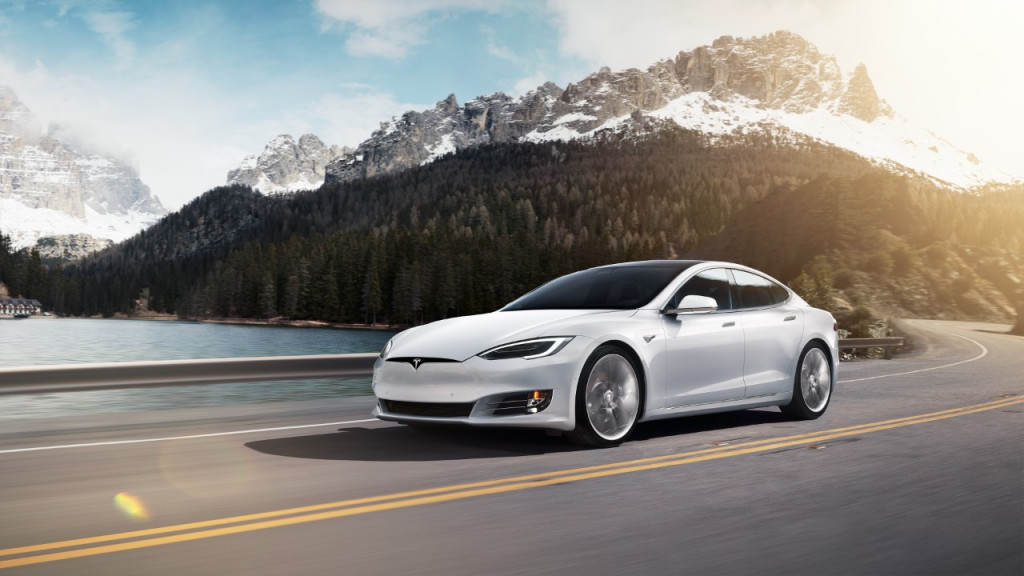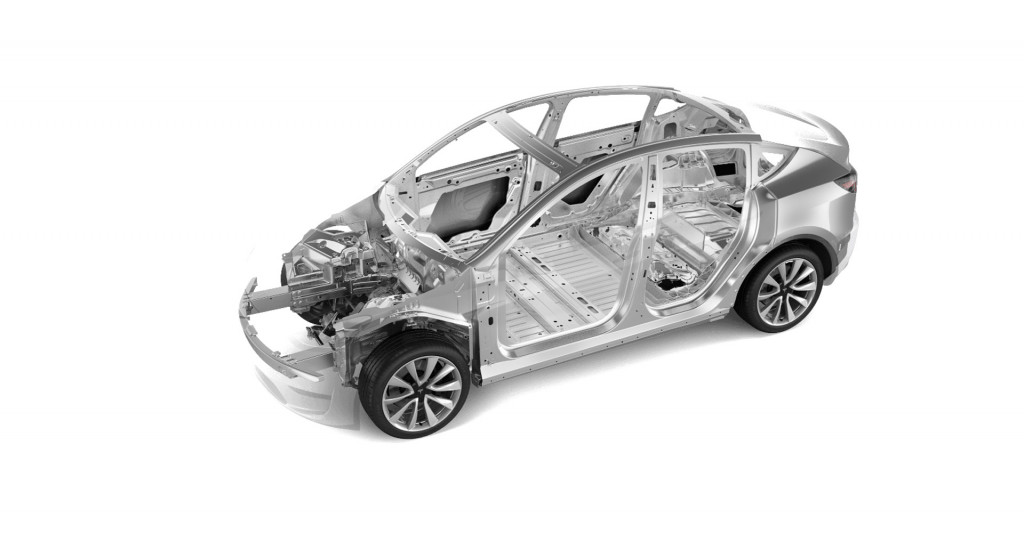Tesla is facing pressure about pricing from all directions. Despite strong delivery numbers, the California automaker announced it posted bigger losses Wednesday for the second quarter of 2019 than Wall Street had anticipated, prompting analysts to scrutinize its margins on cars.
In a financial call held Wednesday, that scrutiny took form around pinch points for profitability and pricing, after Tesla announced it had lost $408 million (or $2.31 a share, unadjusted), while sales soared and the company boasted of higher production efficiencies.
The period represented, from April through June, had its challenges. Among them, Tesla finally placated one portion of its shareholders and fans with deliveries of a more-affordable Model 3 Standard Range, and the carmaker hedged on the effects of the federal EV tax credit phase-out.
The amount of the tax credit that U.S. buyers can claim for Tesla vehicles dropped from $7,500 to $3,750 on January 1, and then to $1,875 on July 1. That led to the reconfiguration of model lines and some price reductions in recent months.
Meanwhile, Tesla was moving a record number of vehicles in Q2. It delivered 95,356 vehicles in the quarter, with a total production of 87,048 cars. Both are new records for the company. The Model 3 was the top-selling model with deliveries reaching a record 77,634. All figures are for global sales, as Tesla doesn’t break them down by market.

2019 Tesla Model S
In the call, CEO Elon Musk downplayed the long-term importance of the Model X and Model S. The company is targeting much larger numbers for the Model 3 and Model Y—2 million combined annually—plus additional volume for the Semi and Pickup. Tesla made just over 14,500 Model X and Model S vehicles combined in the quarter and delivered 17,722 as it reduced inventory levels to 18 days and worked to rebuild stock with new versions offering improved range and performance.
With numbers up, time for cutting costs
Tesla reported manufacturing costs continued to decline in the quarter for the Model 3, while the average selling price stood stable at about $50,000. According to Jerome Guillen, Tesla’s president for automotive operations, the company has made more than a 50-percent reduction in labor hours in building the Model 3, year over year.
In its update letter, the company said that its manufacturing equipment has “demonstrated capability” to produce 7,000 Model 3 sedans per week, with aims to make 10,000 vehicles (of all models combined) by the end of the year. Musk said that could shake out as 8,300 or 8,600 Model 3 sedans, and the other models as the balance.

Tesla CEO Elon Musk introducing Model Y
Deliveries so far in 2019 were “consistent with our previous guidance of 360,000 to 400,000 vehicle deliveries this year,” Tesla stated. Yet with about 158,200 vehicles delivered for the first half of the year, that means the automaker will need to deliver more than 200,000 vehicles in the second half of the year to meet even the low end of that guidance.
Executives on the call said that after pushing out some of the most affordable versions in the past quarter, Tesla will move its attention back to higher-line trim levels. But Musk underscored that “making our cars more affordable is also a fundamental part of the Tesla mission.”
Full Self-Driving is coming to China, too
Tesla also reported progress on its Gigafactory Shanghai facility, which will make “a simplified, more cost-effective version of our Model 3,” and be able to produce 150,000 cars per year. Musk, however, said the company expects to offer Full Self-Driving in China and everywhere except for the EU, where it has to work past a regulatory committee.

Tesla Model Y
The company reported it’s on track to begin Model 3 production in China by the end of this year and Model Y production in its Fremont, California, plant by fall 2020. Because the company expects 75 percent of the parts to carry over from the Model 3, and the stronger market and higher average sales prices for SUVs, Tesla expects the Model Y “will be a more profitable product than the Model 3.”
Including the Shanghai facility—and contingent on when it ramps up—Tesla now projects reaching the 500,000-vehicle annual production level for the year ending June 30, 2020.
With all the talk of affordability and margins, no references were made to the more affordable, $25k, sub-Model 3 car Musk had previously mentioned. Given the pressure to perform through this year, it may be some time before that comes up again.













